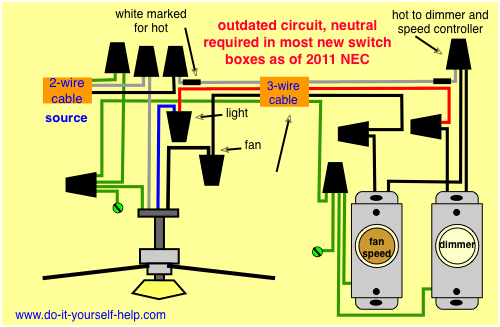I'll try.
1. For practical purposes, AC is different than DC, DC is like 2 cars colliding head on. POsitive vs. Negative. AC is more like "everything is trying to run the same direction - to ground. " This crucial. So....
THe neutrals all go to ground - current is "trying" to get from hot to neutral. Neutral is essentially = to ground but only at the panel. don't worry about that part

Once HOT travels through a device(say a light fixture), there
is HOT over on the neutral side/lug of the device. But neutral is the "best route" so HOT wants to take that.
"Best route" is based on "ground potential" - which ground really can carry the most current fastest? Like T1 vs. T2

BOT - you tie two neutrals and that HOT that has moved through a device can "decide", the other neutral, or you has better potential.
And that's when the fight starts. Done.
P.S. In a worse case scenario, usually where some circuits mainly had some incandescent lights or other inductive devices on them(turned on), the joined circuits would create a situation that looks like 180-190 at an outlet but pop no breakers. Basically weirdly throttled 240 at the outlet. The incandescents could endure it, finer electronics were generally toast. Seen that shit. ugggh.



